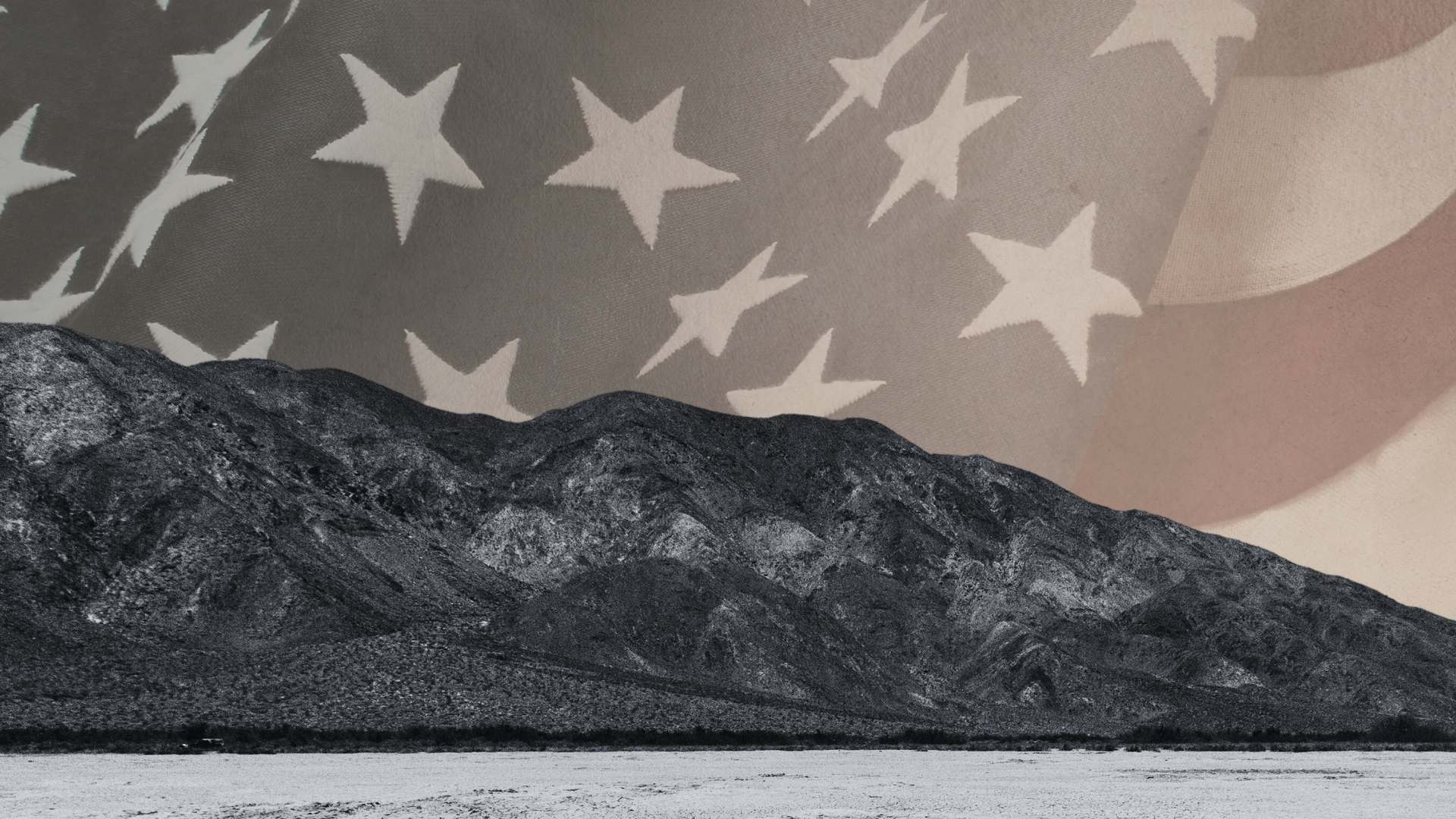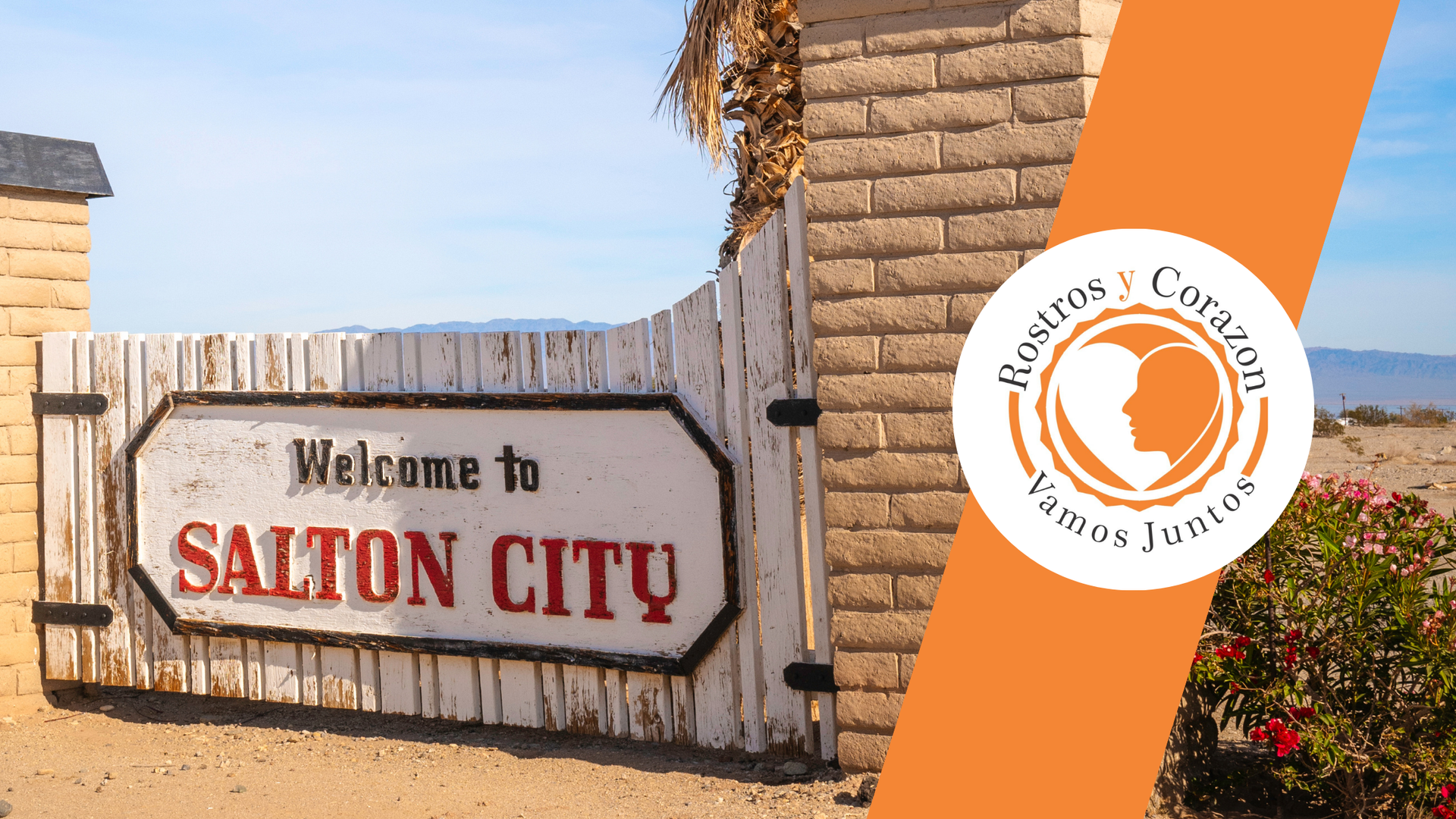Exploring the Military History of Borrego Maneuver Area
Share

Military History: Anza Borrego Desert State Park
Borrego Maneuver Area was established in late 1942 by the US Army. They took over 400 square miles of desert lands to establish a training and targeting area for their troops. Much of the BMA was in the Borrego Valley and eastern Badlands to Highway 99 (86 today) and south to Highway 78.
There were a number of locations for their troop bases: Ensign Ranch, eastern Borrego Valley, Borrego Sink, Clark’s Dry Lake, Coyote Canyon, Borrego Mountain, and much of the eastern Badlands.
The US Navy leased a number of locations for their emergency landing strips and targeting areas for their pilots to use. They used the Borrego Wash (Military Wash), Benson Dry Lake (Benson airport), and Half-filled Dry Lake (Borrego Hotel) for bombing and strafing ranges. Cal Tech did rocket experiments for anti-aircraft targets in the Borrego Mountain area in 1943.
Carrizo Impact Area was established in 1948-1959. The US Navy used this area for peace-time gunnery practice.
Locations:
Borrego Valley: 1942-1944, the US Army used this Valley for acclimatizing troops, and bivouac for troops during their time in the Desert. These troops came from San Diego Camp Callen (La Jolla) to train and to do live fire exercises. The Army paved the road from Hwy 78 upper Yaqui Pass to Borrego Valley and Palm Canyon Drive to Clark’s Dry Lake area. The plans were for the troops to prepare for an incoming invasion by other troops from the east and south. Many observation posts were built on hilltops at Yaqui Pass, Fish Creek Mountain, and south to Blair valley. Varying accounts of such “invasions” could verify the event occurred. In any case, the troops were stationed for such an event.
The US Marines came to the Borrego Valley to learn how to drive in the desert. They were stationed at the Ensign Ranch for a week at a time. A tent city was established by them. The Army only allowed their troops to stay in covered foxholes during their stay.
The Army was training anti-aircraft units to set up their guns in the desert. Other units came to actually fire at targets ranging from small plane drones to rockets fired by CAL TECH scientists in the Borrego Mountain area.
The US Navy leased target areas for their pilots to bomb and strafe: Clark’s Dry Lake, Borrego Wash, and Borego Hotel.
Clark’s Dry Lake was 640 acres set aside for high altitude and low-level bombing and strafing of concentric circle rock rings. This facility was shared by the Navy and the Army to be scheduled on alternate dates. There was a large circle rock target and 2 “Rake” stations. These were observation posts set up to contact pilots of their success or failure reaching the target and to adjust with radio communication what the pilot had to do to re-adjust their approaches. When the army was there, they set up anti-aircraft batteries to shoot at radio-controlled drones as they flew past the front of the Santa Rosa Mountains.
In the Borrego Wash (Military Wash) area, the navy bombed and strafed the rock circles and shot at a towed target resembling a train or trucks. The Army would do the same when they used the target area. Two “rake” stations were built here as well as a vehicle target that was very accurately shot up.
This 5000-acre range was heavily used from late 1942 to 1944. By that time, the Air War in Europe was in Allied control, so the need for quick-timer pilot training was diminishing.
In Borrego Mountain area, anti-aircraft batteries were set up to fire against the face of Borrego Mountain. 30 cal and 40 mm shells were used. 90 mm shells were used at Clark’s Dry Lake. Rockets were introduced by CAL TECH scientists in 1943 to give the gunners a more accurate speed target to shoot. That lasted for about a week. The rockets were launched from a carrier and shot from east to west.
Benson Dry Lake was used as an emergency landing strip and as a bombing area in a nearby area east of the dry lake. The Navy was the main user of this facility. South of this target zone was BORREGO HOTEL located at and east of Half-filled Dry Lake today. A small (mile square) plot was laid out with an emergency landing strip and circular rock ring targets for the naval pilots.
The Carrizo Impact Area was established in late 1945 and was used as a rocket/bombing/strafing range until 1959. The US Navy was the primary user of the bombing range. Well over 20,000 acres of federal, state, and some private properties were used as an active bombing and strafing range for many years.
Currently, the area is closed to the public due to no guarantee of ordinance clearance to the public. Anza-Borrego Desert State Park has been a focus in that landscape as much of the access crosses through park lands that are no longer open to public use.
Overall, military impact and effects are still visible today in many parts of the desert and the State Park. All items within the Park are protected and should NOT be collected both because of their historic value but because of any potential hazard of unexploded ordnance.
Safety is always paramount. ANY items found in the park should be left in place and not disturbed. Report any finds to the Rangers at Park headquarters as soon as possible. Enjoy your Park and be safe.
















